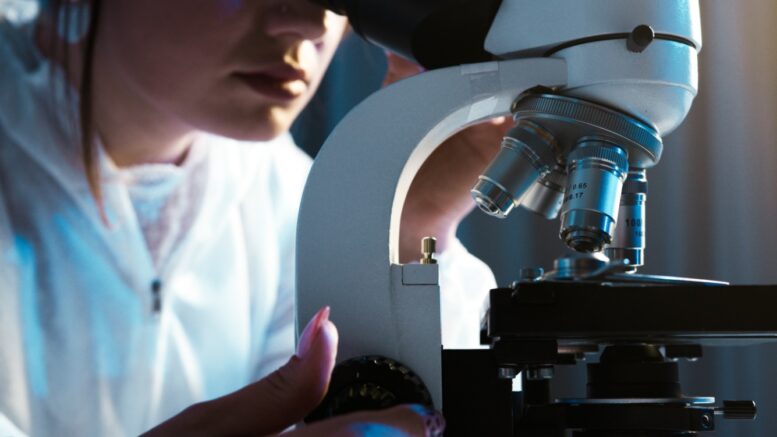If you want a more accurate picture of the levels of mercury in your body, it’s essential to choose the proper analysis technique. Here, we’ll look at some of the most popular mercury testing methods and help you decide which one is best suited for your needs.
Different types of mercury analysis techniques
Analyzing mercury can be a complex process due to the sheer range of approaches available. X-ray Fluorescence Spectroscopy is the most common approach to elemental mercury analysis, by emitting radiation and measuring the reflected light. Atomic Absorption Spectroscopy is another possible method to measure levels of mercury present in soil or water samples. Thermal desorption is another way to test different types of samples by testing emissions from heated samples and detecting mercuric compounds that may be present. Inductively Coupled Plasma Mass Spectrometry and Cold Vapor Atomic Absorption Spectroscopy are two other highly-sensitive methods used for mercury analysis in laboratories. By utilizing advanced techniques such as these, scientists can assess the risk posed by various mercury concentrations in a sample on both human health and the environment.
Advantages and disadvantages of each type
Teledyne Leeman Labs offers various types of spectrometers, which can present any organization or individual with several advantages and disadvantages. Different types can provide different levels of resolution, accuracy, and cost-effectiveness, making it essential to consider an individual’s needs before committing to one type. For example, while double-beam spectrometers can provide better accuracy than single-beam spectrometers, they are much more expensive and may not be necessary for those on a tighter budget. Teledyne Leeman Labs provides an in-depth comparison between their various models so that potential customers can make an informed and well-thought-out decision based on the needs presented by their unique situation.

Which type is the best suited for you
When attempting to analyze mercury with precision and accuracy, it is crucial to choose the best technology for the job. Depending on the application, two of the most used techniques include Atomic Absorption Spectroscopy (AAS) and Cold Vapor Atomic Fluorescence Spectrometry (CVAFS). CVAFS is often seen as the gold standard for mercury analysis in environmental samples due to its ability to achieve lower detection limits than AAS; however, in some industrial applications where larger sample sizes are present, AAS might be preferred based on cost-effectiveness. Both techniques have their place in mercury analysis; selecting the appropriate technique for your specific application is key to success.
Properly using the mercury analysis technique
Mercury analysis is a powerful tool that can be used to gain insight into various situations and processes, such as medical treatments and chemical reactions. If you are considering his technique, it is essential first to understand the procedure and the best methods available for executing it. Before beginning, ensure you have all the necessary equipment and supplies – such as graduated cylinders, thermometers, and an Atomic Absorption Spectrophotometer – so that you can collect accurate data. You should also consider which sample type will be analyzed – liquid or gas phase – since each requires different measurements. When the time comes to analyze the sample itself, make sure to handle it safely by wearing protective gloves and a face shield. Once you finish collecting data, keep accurate records of your results for comparison purposes later. Using the mercury analysis technique correctly is essential for ensuring quality data collection.
Concluding thoughts
Everyone needs to be aware of the different types of mercury analysis techniques and their advantages and disadvantages. It is also necessary to choose the technique that is best suited to your needs. Depending on the type of sample you are dealing with, some are better choices than others. Finally, it is essential to familiarize yourself with how to properly use the mercury analysis technique that you have chosen to achieve accurate results. By understanding the basics of mercury analysis techniques, you will have the materials necessary to make well-informed decisions when examining samples for mercury levels.
